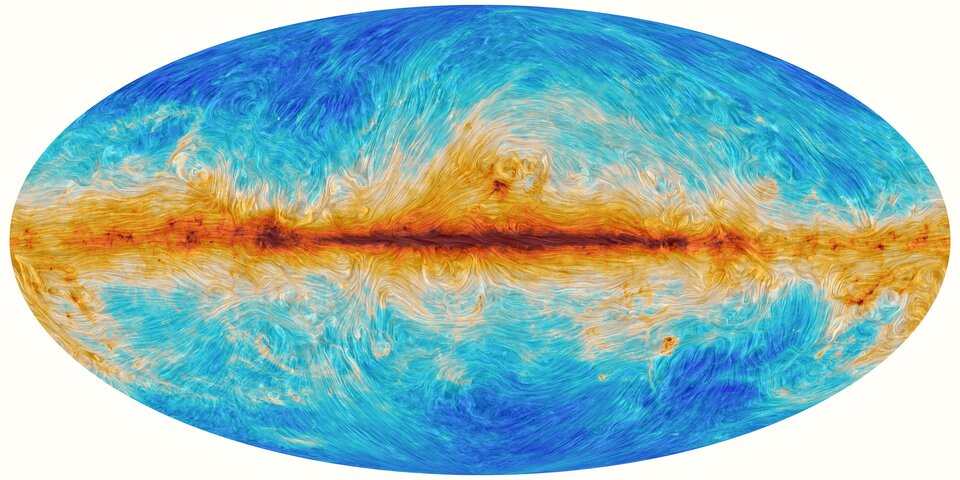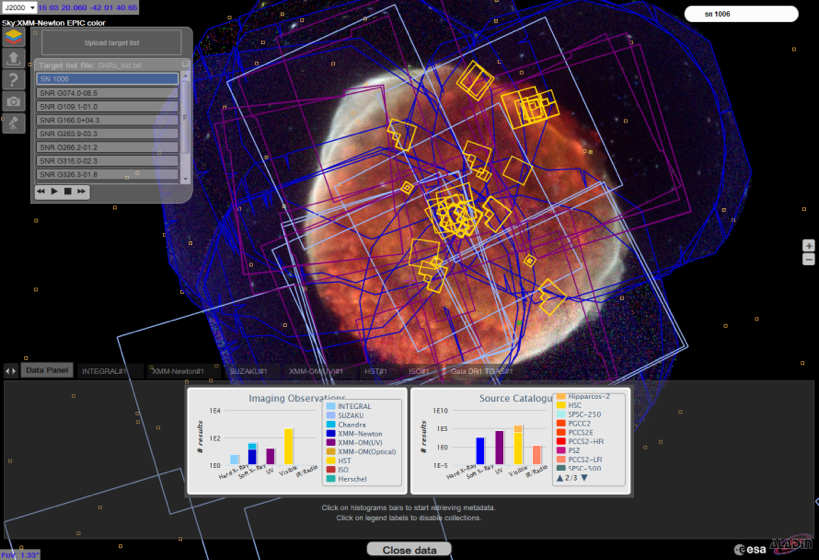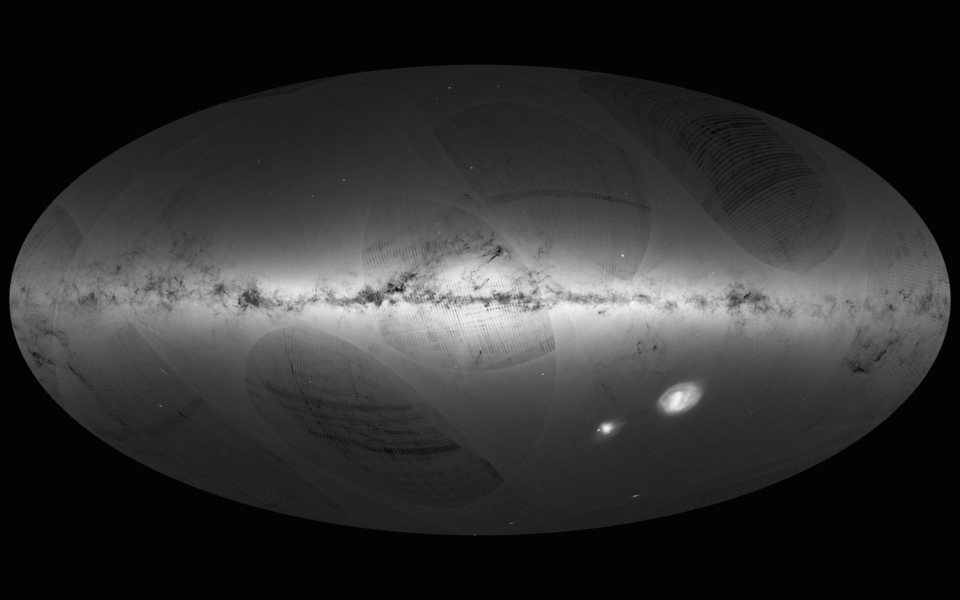The archives, a scientific treasure trove
The vast amounts of scientific data obtained during a space science mission have a much longer lifetime than the satellite mission itself. The data are archived and made freely accessible online to the global scientific community, and these archives are frequently a mine of unexpected discoveries. They allow researchers to study, for instance, the evolution of a certain celestial object with time, or its appearance at different wavelengths as observed by different telescopes.
Science archives at ESAC
The archives for the majority of ESA’s astronomy, planetary science and heliophysics missions are developed and maintained at ESAC by the ESAC Science Data Centre (ESDC), in coordination with the science operations centres, instrument teams and consortia of the various missions. Data from the Gaia, Cluster, Hubble Space Telescope, XMM-Newton, Herschel, ISO, Planck, SOHO, Ulysses, Hipparcos, Proba-2, Double Star, EXOSAT and LISA Pathfinder missions, SolACES instrument onboard the ISS, and via the Planetary Science Archive from the interplanetary missions Exomars, Mars Express, SMART-1 (the Moon), Rosetta (Comet 67P/Churyumov-Gerasimenko), Huygens (Titan), Venus Express and Giotto (Comet Halley) are already available in the ESDC’s state-of-the-art archival system.

In addition to the archives, the ESDC develops ESASky, a science-driven discovery portal providing full access to the entire sky as observed with space astronomy missions of ESA and partner agencies. As of April 2017, data from the Chandra, INTEGRAL, Herschel, Hipparcos, Hubble Space Telescope, Gaia, ISO, Planck, Suzaku and XMM-Newton missions can all be accessed via ESASky.
All these archives and services from the ESDC are regularly consulted and retrieved by thousands of users per month.
Presenting and Preserving Reliable Space Science Data

The ESDC has three main strategy pillars:
- enabling the maximum scientific exploitation of ESA space science data
- enabling efficient long-term preservation of data, software and knowledge, using modern technology
- enabling cost-effective archive production by integration in and across projects.
To support this effort, the team is an active member of the International Virtual Observatory Alliance (IVOA), a worldwide scientific organisation aimed at enabling global and integrated access to astronomical data, and the International Planetary Data Alliance (IPDA), a worldwide cooperating partnership to maintain the quality and performance of data from planetary research using instruments in space.

The ESDC is a team of software engineers and scientists, working very closely with the Science Ground Segment and instrument teams, to provide easy and intuitive access to space science data from our extraordinary ESA missions. We welcome feedback and suggestions for ways to improve the archives and services so that as many people as possible can make use of this invaluable resource. Contact the team here.




